The mobile gaming landscape is ever-changing, and while some trends have staying power, others are fleeting. Last year saw a rise in anime-inspired RPGs, crossplay and more intricate monetization strategies. With 2025 in full swing, we’re looking at which trends are sticking around—and what fresh ones are starting to take their place.
Could 2025 see the rise of mobile shooters as some anticipated releases are set to launch? Or maybe we’ll see an influx of IP-driven games following the success of games like Pokémon TCG Pocket. Alternatively, a greater focus on regulation may mean finding new and creative ways to monetize non-paying players, potentially requiring a whole new approach to game advertising.
Join us below as we consider what could be to come in 2025.
Key Monetization Trends
Monetization has been a major topic of discussion in the last few years, particularly in 2024. The mobile games industry has been busy exploring different approaches to web stores, subscription plans and hybrid monetization to diversify revenue sources and convert non-paying players, which we expect to see continue into 2025.
Mobile web stores are continuing to become more popular
A key trend likely to rise in popularity is direct-to-consumer web stores, which have been popping up across several titles in the last few years. The number of games with their own in-app web store is constantly growing, which is no surprise given that developers are likely to see a significant increase in revenue from using them instead of the Apple App Store, which adds a 30% fee on purchases.
However, we do not anticipate a big push to expand the number of apps using web stores in the coming year, but a drive to make these web stores more user-friendly and seamlessly integrated within the app. One way this has already been seen is by providing players with free daily items that must be claimed through the web store, driving players to visit the shop daily. Some titles have also begun to offer special memberships to those players who regularly engage with their web stores, providing them with extra value.
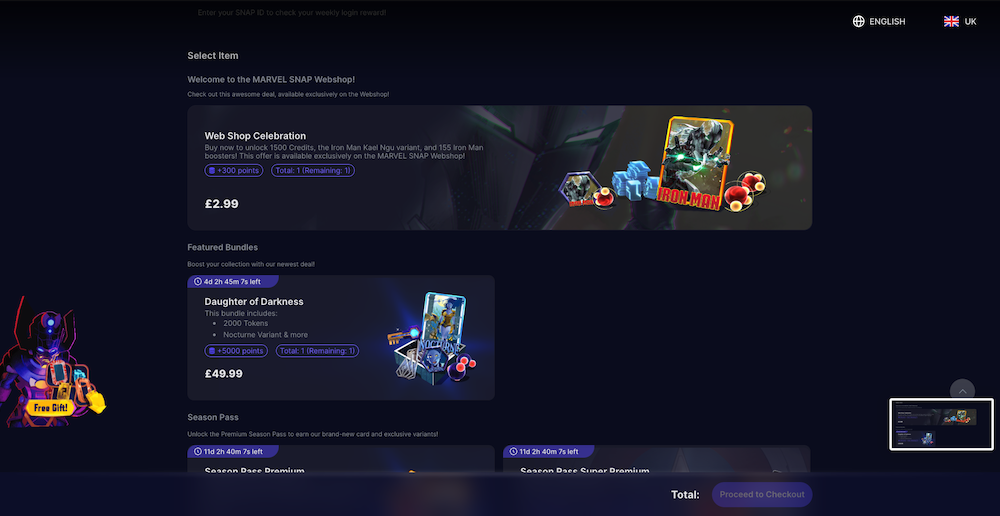
Increasing regulatory pressure is being put on app monetization
With monetization becoming an increasingly hot topic, regulatory pressure is also being pushed to the forefront. The future of monetization tactics like gacha and loot boxes looks somewhat murky, with many calling for age restrictions to limit what some call a gambling risk. Such monetization mechanics are already banned in many countries, including Belgium and the Netherlands.
In the UK, the Advertising Standards Authority (ASA) has stated that it removes advertisements that do not make it clear that apps contain loot boxes. However, an investigation by the BBC found that only two of the top 45 highest-grossing games on the Google Play store abide by these rules. With major news publications bringing awareness to the rules not being followed, 2025 may see more stringent checks on mobile advertising and harsher action from the ASA.
New monetization methods are becoming increasingly prevalent
In recent years, there has been a rise in new, innovative monetization methods, and this trend will continue into 2025. Progressive offers, for example, give players a sequence of rewards that alternate between free and paid that must be purchased in a particular order. This encourages players to pay to continue accessing free items or currency.
Another rising trend is the decision to monetize each game mode or mechanic separately, as well as the introduction of mini battle passes tied to events. Providing smaller, more contained options to pay can push non-paying players to convert once they are already committed to a particular event or sequence.
The Rise of LiveOps and Events
One of the key trends explored by free-to-play titles in 2024 was LiveOps, with complex events with high-quality production values and multiple gameplay mechanics taking the spotlight. We expect that trend to only continue in the coming months.
LiveOps frameworks are evolving and becoming more established
Similar to how PC titles like Fortnite and EA FC 2025 have overarching events, mobile titles are starting to follow suit, with several midcore and casual games implementing busy seasons stacked with multiple simultaneous events.
One such example is League of Legends: Wild Rift’s 2024 Rift Adventures, which invited players to participate in several events unified with a single event currency that could be spent in the event shop to purchase rare items. Some have described the event as a unified journey, with the game even providing a handy in-game event calendar as part of the UI when opening the game so players know what is coming down the line.
The match3 puzzle game Lily’s Garden has also been leading the way for simultaneous interconnecting events, with four currently in regular rotation. These include a seasonal collectors album event that requires players to collect memories, a makeover-themed task event that uses an event currency collected by playing other events, a merge event that gives players points towards the event’s Reward Track battle pass, and a task-based event which requires players to complete small missions in all different events of the game.
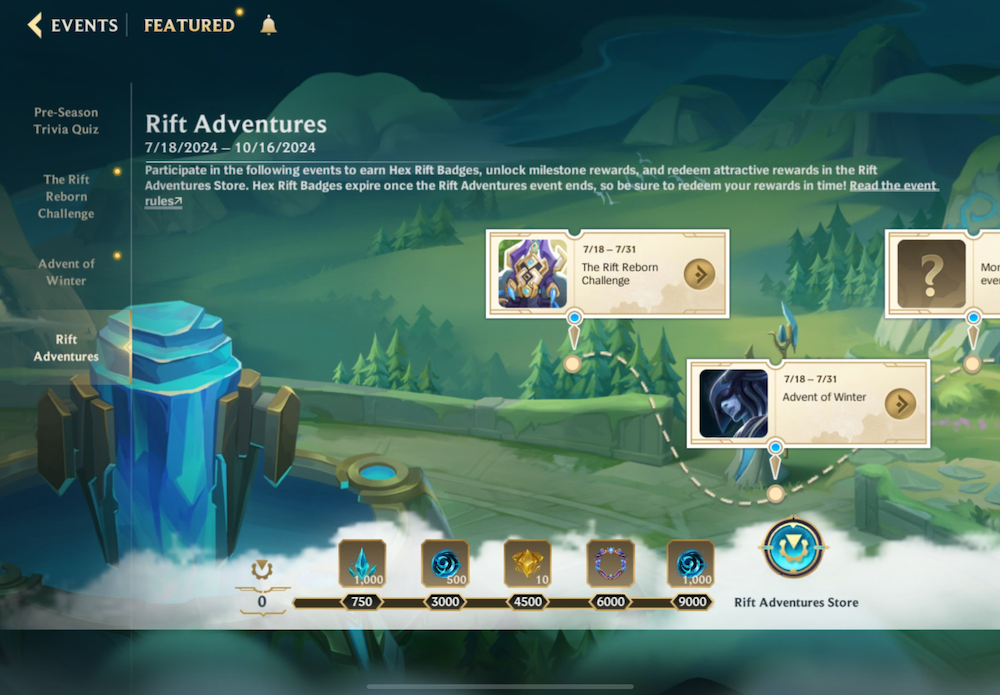
Brawl Stars x SpongeBob SquarePants collaboration
IP collaborations will likely continue to grow in 2025, especially as they typically coincide with impressive growth for the apps that use them. One such example is Brawl Stars’ SpongeBob event, which ran in September 2024, and resulted in a 300%+ increase in revenue on the US iOS market. Brawl Stars is just one of many titles to see such impressive growth following a crossover event, suggesting that IP collaborations will likely continue in force in the coming year.
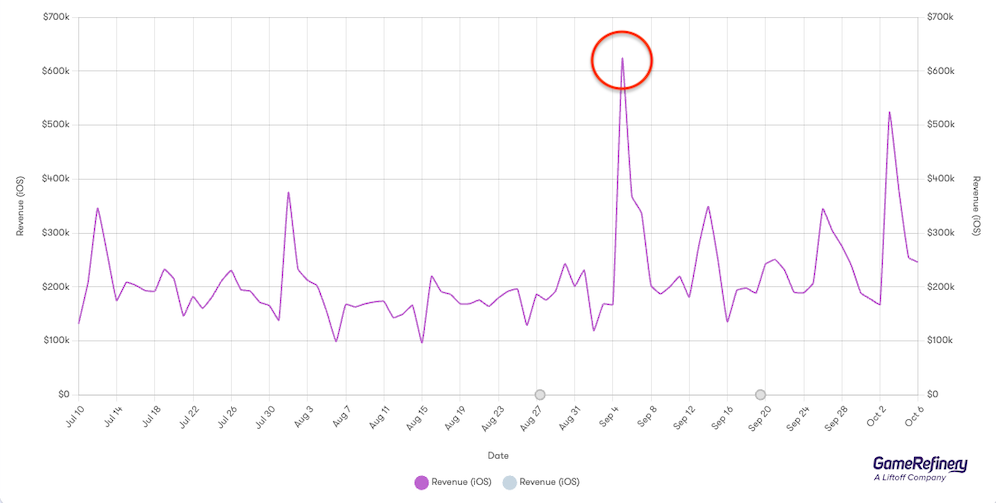
The use of AI in LiveOps and app content creation
Right now, we can’t tell how prominently AI is being used in mobile games, as most companies are hesitant to discuss it due to concerns about backlash or competitors knowing their tactics. Even so, we expect that AI will become more commonplace behind the scenes.
One way AI may be used is to create more personalized live events that target specific user segments. For example, we may see events aiming to re-engage users who are about to stop playing a game. Similarly, we may see AI used to generate assets or narratives to help games compete with the high workload associated with frequent and engaging events. Some app descriptions for Chinese MMORPGs already mention that AI was used to help create narrative design or content, although this is not commonplace.
Another thing to note is that we may see more regulations popping up surrounding AI in the coming year, as certain app stores like Steam and Itch.io already require labels for games containing AI-generated content.
Upcoming Genre and Title Trends
In the upcoming year, we expect to see a rise in titles that either present a hybrid mashup of two existing game genres or make the most popular IP. 2024 saw a lot of success with these concepts, either through the release of entirely new popular titles or trials within events in existing games.
Hybridization and genre mashups are likely to take off in 2025
Hybridization—when a title merges two or more genres to create a unique gameplay experience—has existed in mobile gaming for several years. However, hybrid games are constantly evolving. When we started covering hybrid titles, it was largely focused on 4X strategy games that combined puzzle and idle RPG mechanics, but now we are seeing more and more games make the most of the technique. RPGs, for example, now use everything from trading-card game (TCG) mechanics to base-building and construction elements.
We expect hybrid titles to continue rising in 2025, particularly those that use social casino and betting elements. Social casino games that imitate the gambling experience without offering a real cash payout are already being integrated into some titles, such as Merge Mansion, which hosted a secret supply event with gambling elements.
Habby’s Capybara Go! is another interesting example in that it is a text-based RPG that uses a core gameplay loop similar to that used in social casino games like Monopoly GO! Throughout the game, players encounter random choices, events, battles, minigames and skills on autoplay with no player movement or input. The importance of HP and DMG elevates the standard social casino genre into a whole new social casino RPG.
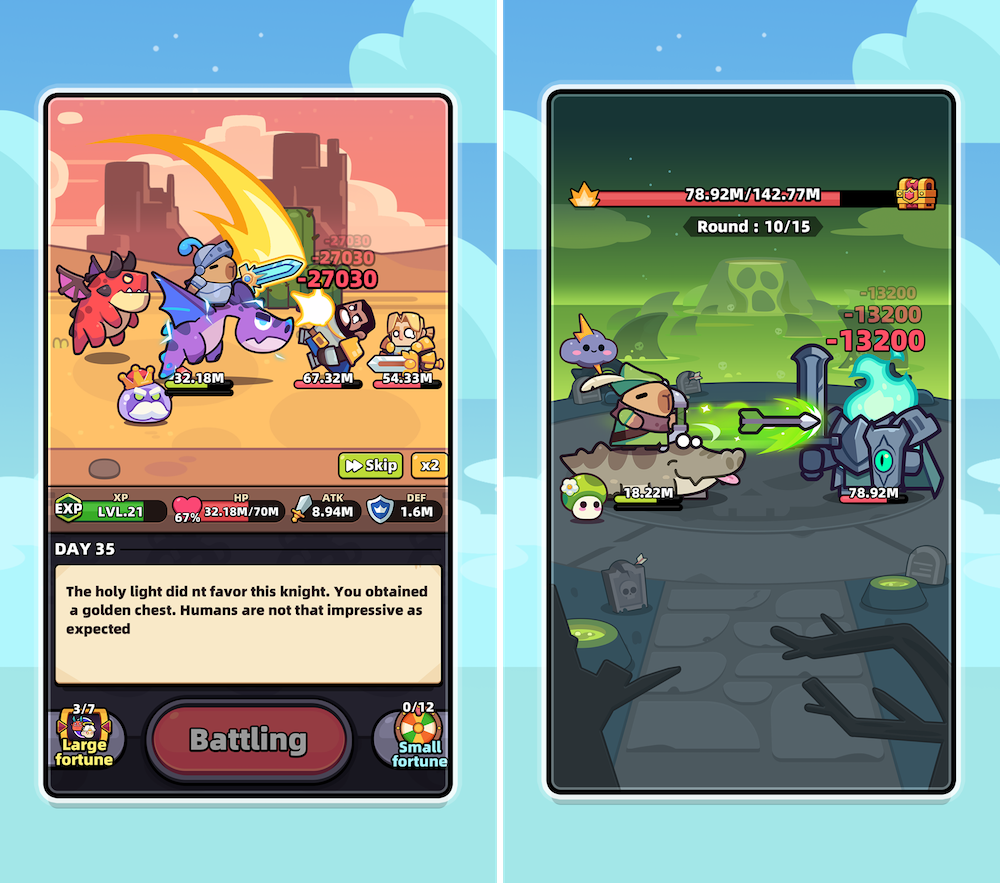
Games based on existing IP will become even more popular
Another trend we expect to see more of in 2025 is games based on existing IP. We have seen massive success in titles like Pokémon TCG Pocket, which has consistently ranked in the top 50 highest-grossing games, as well as Monopoly GO!. Similarly, Royal Kingdom has shown the power of using an existing mobile game IP to elevate the original title and create something new.
Could 2025 be the year of the mobile shooter?
As it stands, Call of Duty: Mobile, PUBG MOBILE, and Free Fire dominate the Western market for mobile shooters, but we might finally be on the precipice of a new breakout hit with several high-profile releases slated for 2025—including Destiny Rising, Rainbow Six Mobile, Division Mobile, and Valorant’s mobile release. Each of these titles has dedicated fanbases from its existing PC and console releases, which could make it a big draw for non-mobile players to move onto the platform.
Delta Force Mobile will also be released in Western markets in 2025. Given that the title has already experienced a highly successful launch in China and is one of the region’s top-grossing mobile titles, many expect it to have a significant impact when it becomes playable worldwide. Delta Force Mobile’s release is also noteworthy as it is set to have a single-player campaign mode, which is rarely seen in mobile shooters.
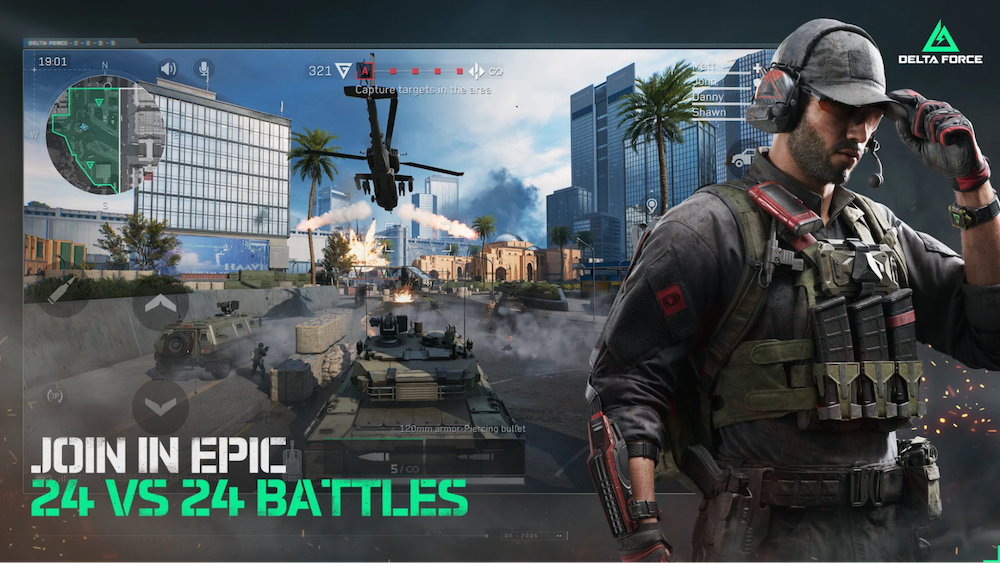
The Gamification of Non-Gaming Apps
Outside of gaming apps, a trend that we expect to continue growing in the coming year is the gamification of more consumer and non-gaming apps. We are already seeing a rise in this, with leaderboards, streak systems, leveling up and in-app currencies becoming more commonplace in educational, exercise, and even social media apps.
Video games have decades of practice drawing users in and keeping them engaged with competitive features, which is one reason so many non-gaming apps use gamification to drive user acquisition and engagement. With benefits like increased user engagement, higher retention rates and better visibility, many expect this trend to become more popular in the months to come.
Last year, Instagram introduced achievements and challenges for their creators, stating that they hope to help creators build good habits and celebrate wins. The achievements include using trending audio, having a certain number of people watch your reel or gaining a certain number of followers. Similarly, challenges task players with getting a set number of views in a month or posting stories every day.
Bing
Microsoft has recently introduced a rewards system that gives players points for searching in Microsoft Edge using Bing or using Bing on mobile devices, making purchases and gaming on Xbox and PC. Gaining a certain number of points and leveling up to level 2 grants users access to exclusive discounts.
Networking social media site LinkedIn recently added a roster of daily games to its app and website. With four different games, each your fastest time to beat puzzles, streaks for how many days in a row you play and how many of your friends and colleagues have played, there are several hooks that can get app users to revisit each day in order to play.
Summary
In conclusion, we expect to see a focus on enhancing successful trends this year, making them work more seamlessly within apps and have a better user experience. This is especially true of features like web stores and LiveOps, which have both seen a lot of success in previous years. We also expect to see some new genres emerging thanks to the rise in popularity of hybridization and genre mashups, with successes like Capybara GO leading the charge.
Ultimately, the biggest and most successful games are continuing to be the big successful games, and the room for new mobile games to step in is increasingly difficult. Popular games are consistently adding new features to keep up with the latest trends, either in the form of new features or mini-games, leaving limited space for new, breakout titles.
If you found this blog post insightful and want to learn more about what’s to come for mobile gaming in 2025, listen to episode 61 of our podcast, the Mobile Games Playbook.




















